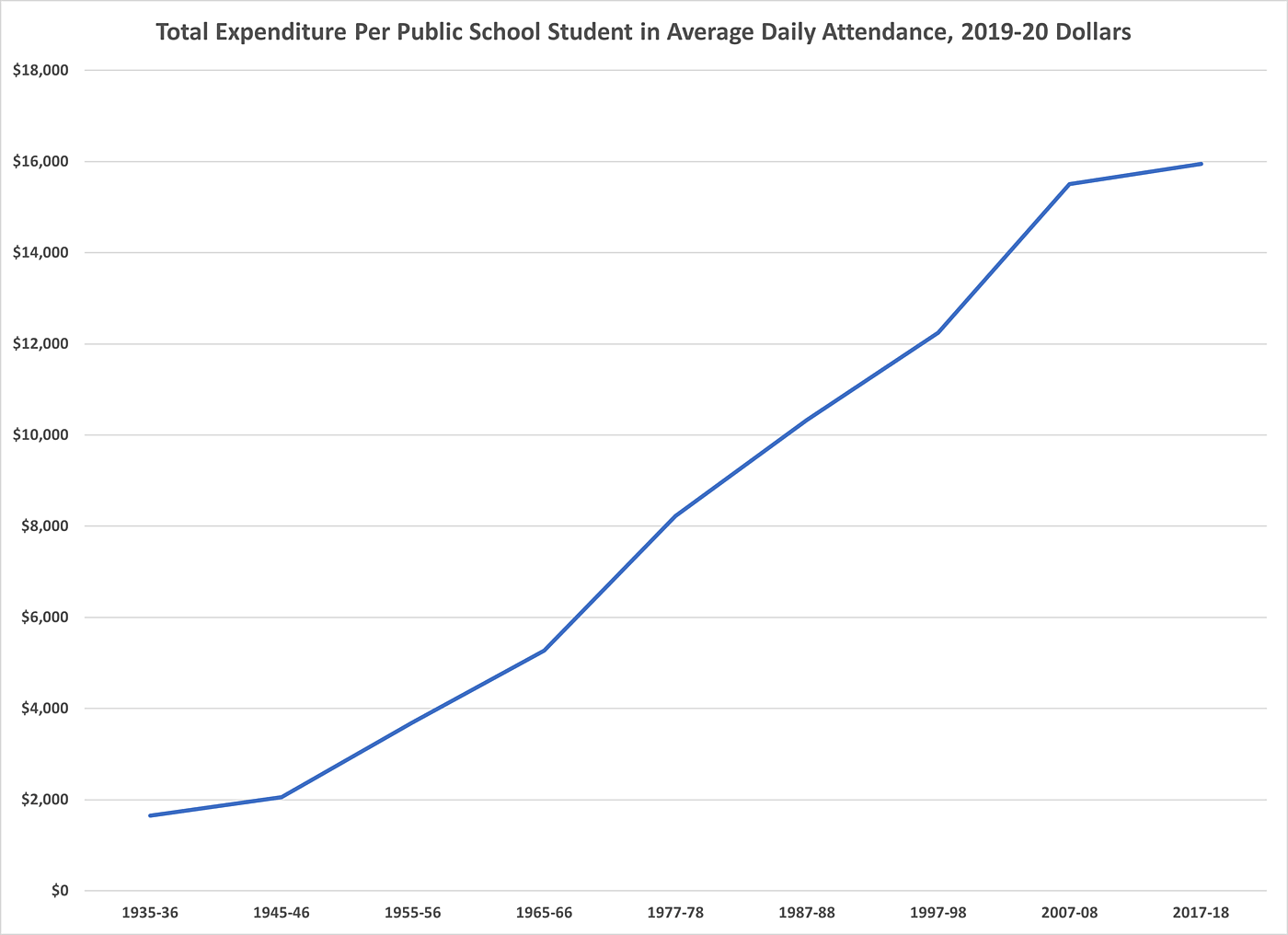Yesterday featured some very attractive bookends if you are an admirer of educational freedom. In the morning, it was announced that West Virginia governor Jim Justice had signed into law the state’s first education savings account program. Then last night, the Kentucky legislature overturned Governor Andy Beshear’s veto of that state’s education savings account bill.
Two states that had no private school choice programs before were on the freedom map, and there is likely more choice coming, with progress being made in Georgia, Indiana, Montana, Arizona, and many other states. But is it too little, too late, to make sure there are still diverse private schools from which to choose?
There is little doubt that a lot of the fuel powering the choice drive has come from COVID-19, which has illustrated to just about everyone how fundamentally impossible it is for a single school or district to provide what every, diverse family needs or wants. Specifically with COVID, the focus has been on diverse health threats, varied student responsiveness to online learning, and differing family and teacher tolerances for risk. Moving beyond the current crisis, children have always had individual learning needs and interests, families have always had diverse values, and so on.
Unfortunately, private schools have suffered for over a century from a chronic threat to their health that has been the underlying condition in numerous COVID-19 losses: they have had to compete against “free” public schools that receive large taxpayer subsidies. And as the chart below shows, such subsidies have been growing for decades.
Given the massive problem of having to convince people to pay twice for education – first taxes for public schools, then tuition – it is not surprising that the nation has lost at least 133 private schools, enrolling around 21,000 students, due to the economic effects of COVID-19. Most had been suffering from serious financial ailments long before that.
Of course, yawning funding disadvantage is not the only reason some private schools have gone out of business. Obviously, individual schools have seen scandals, or population changes, or just poor performance, but all start with frail health when their much larger public siblings have taken almost all the nourishment from Day One.
Thankfully, it is not too late for choice to expand and, in so doing, enable many private options to survive and even thrive. While we have likely lost hundreds of private schools (the 133 count is a baseline of reported and confirmed COVID-connected closures) tens-of-thousands remain. The key to their long-term health – and the health of a free, diverse society – is to do exactly what we see many states working toward right now: give families control of education dollars, and let private schools live or die based on whether families choose them.


